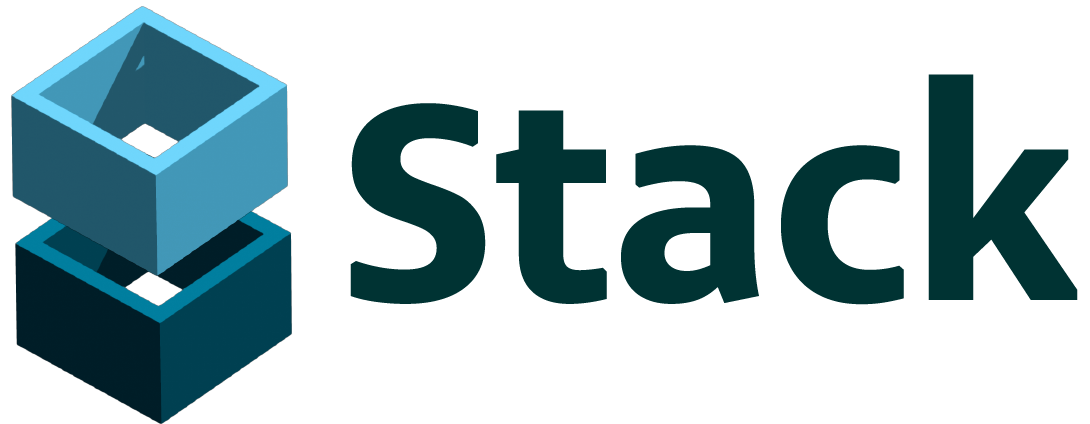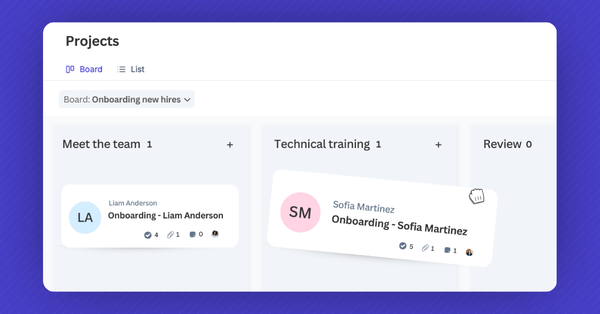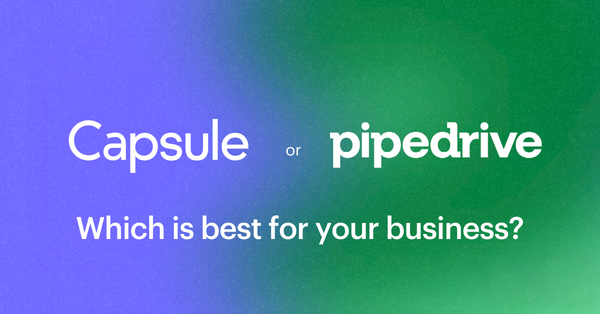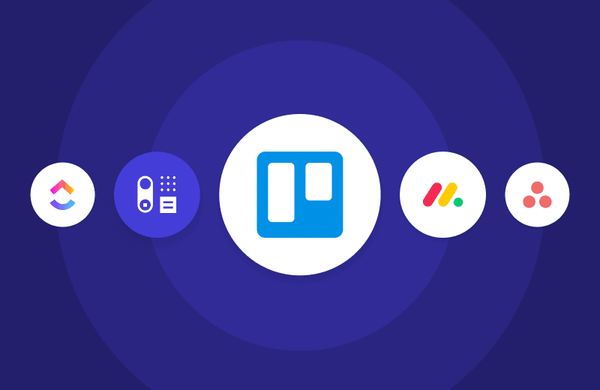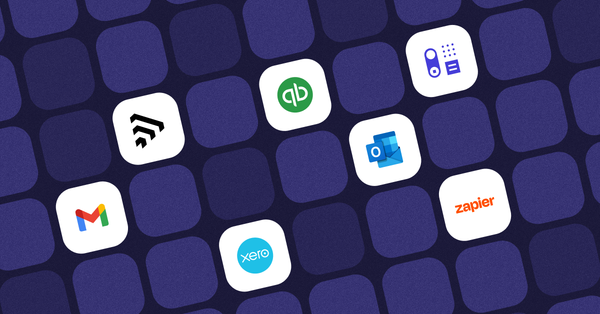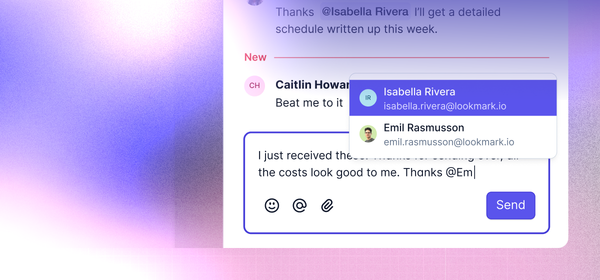Our view at Stack - Capsule CRM simplifies customer relationship management, streamlines sales processes, and saves time. Features include contact management, customisable sales pipelines, email integration, analytics, and workflow automation. It doesn't provide full email marketing functionality but it does allow you to connect to other tools.

Welcome back to Capsule Uncapped, your quarterly newsletter introducing all the latest features and integrations to enhance your CRM experience and make your life easier.
Introducing our latest feature, Comments. Foster greater collaboration and keep the conversation going in the same platform your team is already working in.
- Add comments to specific activities like calls or emails, and respond in the same thread
- @ Mention other Users and Teams
- Get instant notifications when you’re mentioned in a Comment via our brand-new notification center. Just look out for the @ icon located next to your user profile.
Learn more about Comments and how you can boost productivity in Capsule
Learn how to automate your customer journeys in Capsule
Our product expert, James, hosted a Capsule masterclass presenting all the ways you can automate actions in Capsule to enhance your efficiency and productivity.
We’ve got the webinar recording here. Watch it to see:
- how workflow automation manages leads and customers;
- how to use Tracks and Workflow automation;
- different use cases for you to try out.
Watch the webinar on demand
Import to Capsule directly from another CRM
Getting started with Capsule just got even easier. Import your data from another CRM directly into Capsule to get started quickly.
We partnered with Import2, embedding their data transfer technology into our app to make it easy for new account holders to set up and make the most of Capsule.
Follow our guide and manage contacts, opportunities, and more effortlessly.
Learn more about importing from another CRM
Your Capsule experience made better
Not all the new changes you’ll see are big, flashy features: our developers have been working to make your in-app experience smoother and quicker. The latest updates allow you to:
- Collapse Tracks when you view a record page for a simplified view, reducing scrolling so you can find what you’re looking for faster.
- Jump to the search bar by simply pressing / to make your in-app experience more efficient.
- Select all record types when you view lists for a lot less clicking, and a speedier approach to contact management.
- Customize Capsule even more by re-ordering the items in the sidebar to suit your needs.
Got any ideas to improve Capsule for you and other users? We’re all ears! Get in touch with us at support@capsulecrm.com
KrispCall
Connecting KrispCall offers Voice over Internet Protocol (VoIP) in Capsule, enabling your teams to make and log calls within record pages.
Configure KrispCall for Capsule
Dripify
Make the most of prospecting on LinkedIn when you connect Capsule and Dripify. Automatically create new records in Capsule from your Drip campaigns and record interactions.
Connect to Dripify
DocuSign
Enhance your proposal and contract management workflow by connecting Docusign and Capsule, creating more time to welcome new clients, collaborate with partners, and manage the rest of your workload.
Explore the DocuSign connection
Covve
It’s easier than ever to capture new contact details with Covve’s business card scanner. Our connection with Covve streamlines contact data entry into Capsule, leaving the automation to handle any time-consuming work so you can focus on nurturing leads and closing new business.
Discover the Covve integration
Well, that’s all we can share for now. Keep an eye out for our next edition of Capsule Uncapped to see what else we’re doing to support our customers.
See you at the end of the year,
The Capsule team
If Capsule CRM is of interest and you'd like more information, please do make contact or take a look in more detail here.
Credit: Original article published here.
